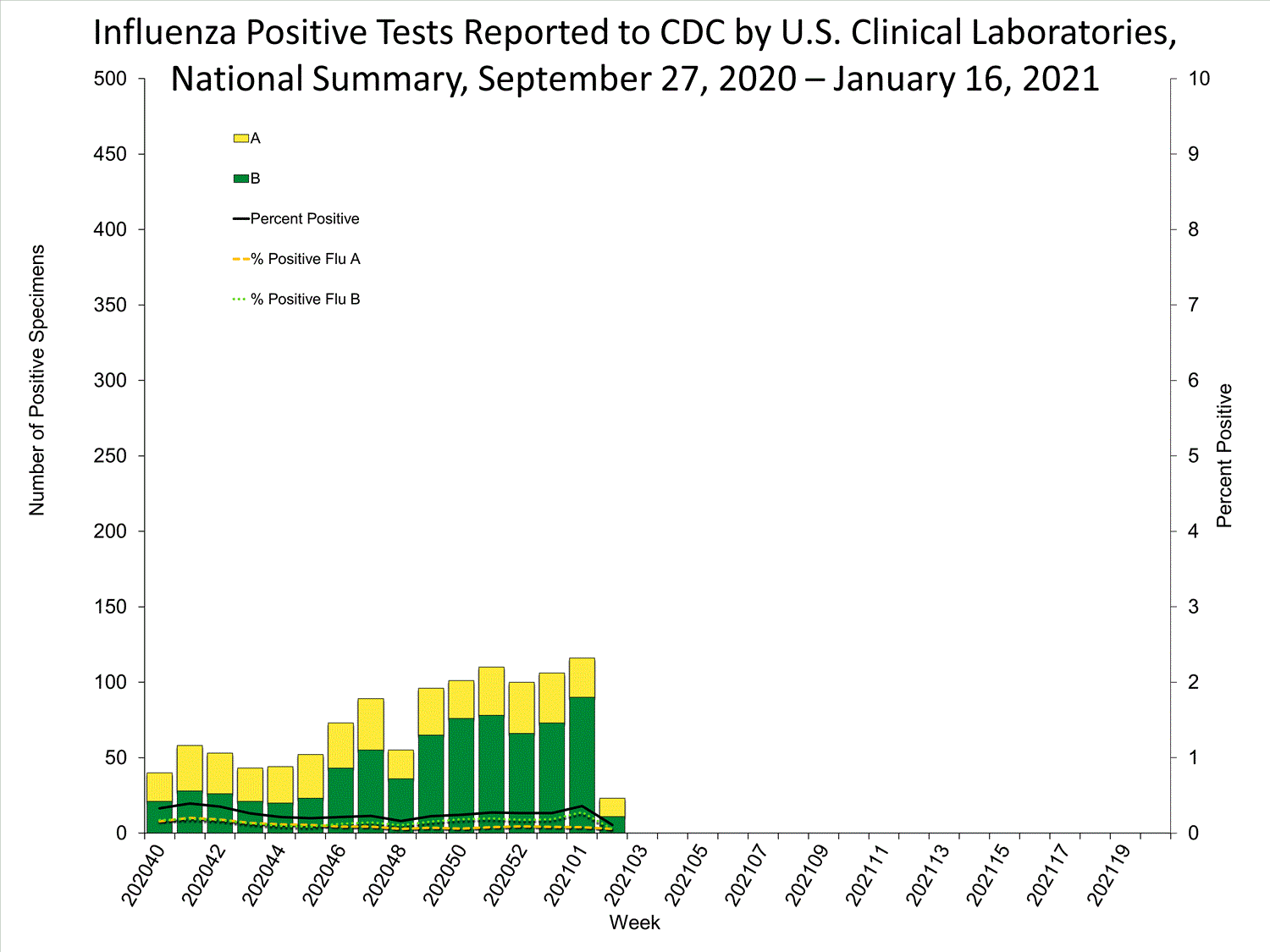PeterNSteinmetz
Ejection Handle Pulled
A peer-reviewed study showing no significant effect of more restrictive policies like lockdowns on the spread of Covid-19 in a trans-national comparison. "After subtracting the epidemic and lrNPI effects, we find no clear, significant beneficial effect of mrNPIs on case growth in any country."
Cautions in interpretation would be that this is one study which must be weighed with others and is an observational study. Some of the strengths are that it attempted to account for normal growth of the pandemic and less restrictive measures like recommending social distancing.
https://doi.org/10.1111/eci.13484.
I will leave it to the moderators to decide whether this post is still permitted under the Covid-19 discussion policy, or if due to being a trans-national comparison, is too violative of the no politics rule.
Cautions in interpretation would be that this is one study which must be weighed with others and is an observational study. Some of the strengths are that it attempted to account for normal growth of the pandemic and less restrictive measures like recommending social distancing.
https://doi.org/10.1111/eci.13484.
I will leave it to the moderators to decide whether this post is still permitted under the Covid-19 discussion policy, or if due to being a trans-national comparison, is too violative of the no politics rule.



